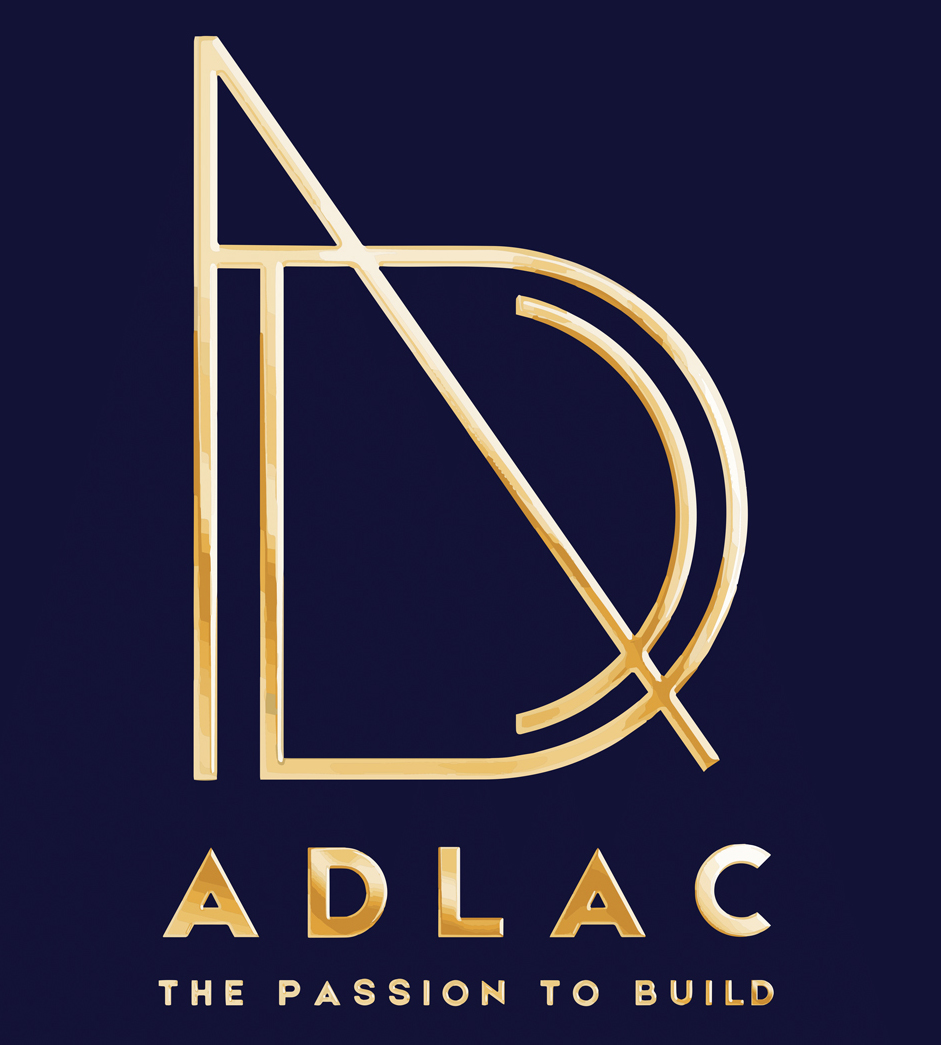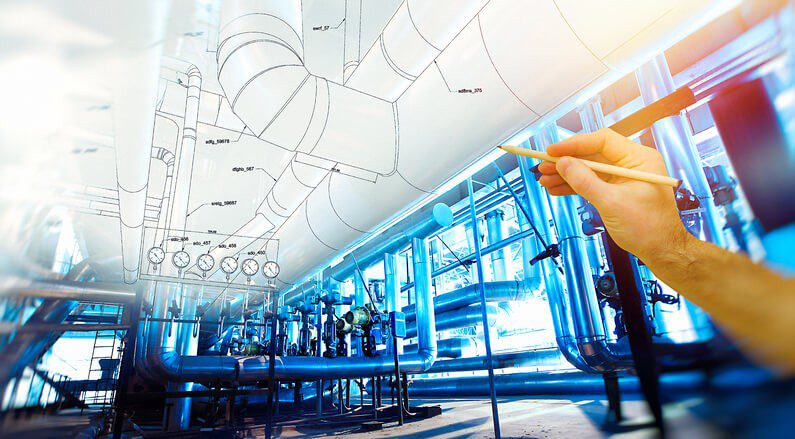The Hidden Backbone of Modern Infrastructure
Introduction
Every modern building — whether a towering skyscraper in Dubai, a shopping mall in Abu Dhabi, or a residential villa in Sharjah — depends on one essential factor for comfort, safety, and functionality: MEP systems.
MEP stands for Mechanical, Electrical, and Plumbing, and together these systems form the heart of any structure. Without efficient MEP design and implementation, even the most stunning architectural masterpiece would be unlivable and inefficient.
In the UAE’s fast-paced construction landscape, MEP systems play a critical role in energy efficiency, sustainability, and comfort, ensuring buildings meet international safety and performance standards.
1. What Are MEP Systems?
MEP systems combine three major engineering disciplines that ensure the smooth functioning of a building’s infrastructure.
Mechanical Systems: Cover heating, ventilation, and air conditioning (HVAC), ensuring indoor air quality and climate control.
Electrical Systems: Include power supply, lighting, security systems, and communication networks.
Plumbing Systems: Handle water supply, drainage, waste management, and fire suppression systems.
Together, they ensure that occupants enjoy comfort, convenience, and safety in any modern space.
2. Why MEP Systems Are the Heart of Every Building
A building without efficient MEP systems is like a body without vital organs. These systems make structures habitable, functional, and sustainable.
From controlling temperature to providing clean water and electricity, MEP ensures that every building operates smoothly behind the scenes.
3. The Role of MEP in Energy Efficiency
Energy costs are a major concern in the UAE, especially due to the region’s hot climate. A well-designed MEP system can cut energy consumption by 20–40% through smart HVAC systems, energy-efficient lighting, and advanced insulation methods.
For instance, modern chillers, motion sensor lighting, and intelligent ventilation systems reduce power usage while maintaining comfort — essential for large commercial and residential projects.
4. MEP Systems and Building Safety
Safety is a top priority in every UAE construction project. MEP systems ensure:
Fire detection and suppression through alarms, sprinklers, and smoke extraction.
Emergency power backup for lighting and elevators.
Proper ventilation to avoid carbon monoxide buildup.
These systems are critical for compliance with UAE building codes and for safeguarding both property and lives.
5. Importance of MEP in UAE Construction Projects
The UAE’s climate and architectural diversity require advanced MEP planning. Whether it’s cooling massive commercial spaces or ensuring water efficiency in residential towers, MEP engineers design solutions tailored to local needs.
Cities like Dubai and Abu Dhabi have also implemented green building regulations that demand energy-efficient and sustainable MEP systems — aligning with the nation’s goal of achieving net-zero emissions by 2050.
6. MEP Systems in Sustainable and Smart Buildings
As sustainability becomes central to UAE’s development vision, MEP design plays a key role in achieving LEED and Estidama certifications.
Smart MEP systems integrate automation technologies, enabling:
Real-time energy monitoring
Predictive maintenance for HVAC and electrical systems
Automated lighting and temperature controls
These innovations help reduce energy waste while maintaining comfort and performance.
7. Common MEP Challenges and How to Overcome Them
Despite technological advancements, MEP projects can face challenges such as:
Design clashes between different systems
High maintenance costs
Limited coordination between contractors
To overcome these, many UAE firms use Building Information Modelling (BIM) — a digital tool that enables precise planning, clash detection, and real-time collaboration between architects, engineers, and contractors.
CONCLUSION
MEP systems are more than just pipes, wires, and ducts—they’re the lifeblood of modern buildings. In the UAE, where innovation and comfort meet sustainability, effective MEP design ensures buildings are energy-efficient, safe, and future-ready.
From luxurious skyscrapers to sustainable housing developments, every successful project depends on the precision and expertise behind its MEP systems.
Frequently Asked Questions
The three main components are:
Mechanical Systems: HVAC and ventilation.
Electrical Systems: Power distribution, lighting, and fire alarms.
Plumbing Systems: Water supply, drainage, and sanitation.
Together, these ensure efficient building operations.
MEP systems enhance efficiency by reducing energy consumption, maintaining optimal air quality, and ensuring effective water usage. Properly designed MEP systems lower operating costs and environmental impact.
Due to the UAE’s extreme temperatures and sustainability goals, MEP systems are crucial for cooling, water conservation, and energy management. They help meet green building standards like LEED and Estidama.

